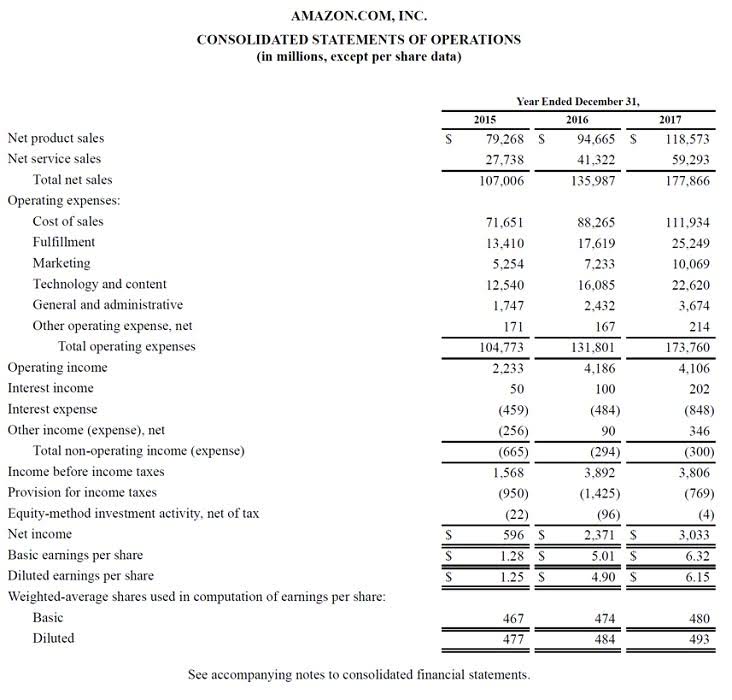
A lot of people use their income minus their federal taxes to calculate this figure, though others will get more specific and subtract their state taxes if they have any. While the net income after taxes calculation is one of the most solid measures of a company’s performance, numerous accounting scandals over the years have proven it to be less than 100% reliable. It’s important to note that net income is a valuable metric to use to evaluate a company’s profitability. However, a company’s reported financial numbers are only as reliable as the company behind them.

What is the difference between gross income and after-tax income?

Since health insurance and 401(k) contributions are often taken out pre-tax, the equation changes when you’re figuring out net income. You’ll notice that your net income is bookkeeping for cleaning business slightly more than your after-tax income minus the deductions you are making pre-tax. This is because those deductions are not taxed at all, so you’re actually paying less tax overall, too. Here are the steps to calculate your take-home pay, using information about your tax situation and payroll deductions. By taking your after-tax income and divvying it up between bills, household needs, and other savings plans, you can really make some sound financial moves.
Understanding tax when you get a pension

In short, AGI is an intermediate calculation on your tax return, while taxable income is the final number used to determine your tax bill. Subtract either the standard deduction or itemized deductions from your AGI. The main difference is, you have to report taxable income to the IRS and pay income tax. Nontaxable income is usually tax-free, but some types may need to be reported. The offers that appear on this site are from companies that compensate us.

🤔 What’s the Difference Between AGI and Taxable Income?
- Certain individuals and pass-through businesses relocate to low-income tax states in order to maximize their earnings.
- Utilizing companies that offer pay equity services can help provide a good baseline for pre-tax deductions among employees, along with helping them communicate it properly to the rest of the company.
- When analyzing or forecasting personal or corporate cash flows, it is essential to use an estimated after-tax net cash projection.
- It is significant for budgeting and financial planning as it indicates how much net cash is available.
It includes wages, business profits, investments, and certain benefits — minus deductions like after tax income definition the standard deduction or itemized expenses. After-tax income, also known as net income, is the amount of money an individual or entity has left after all federal, state, and withholding taxes have been deducted from their gross income. It represents the actual earnings that can be spent, saved, or invested by the taxpayer. This financial measurement is crucial for budgeting and financial planning, as it provides a clear picture of the disposable income available for personal or corporate use.

If the business tax rate is 30%, the business would have to pay $60,000 in taxes. Thus, the company’s after-tax income would be $140,000 ($200,000 – $60,000). This is the profit that the company can use to reinvest in the business, distribute as dividends, or save for future expenditures. After-tax income, sometimes called post-tax dollars, is the amount of income you have left after federal income taxes (plus income summary state and local income taxes, if they apply) have been withheld. This income can be the earnings generated from salary or anything received by renting or leasing out residential or commercial space. In addition, a business’s profits form the major part of the gross income.
- Although net income after taxes is essentially the same as net income, it is used in financial statements to differentiate between income before taxes and income after taxes.
- After-Tax Income, in the realm of finance, refers to the monetary amount an individual or corporation retains after all income taxes have been paid.
- To find your adjusted gross income, or AGI, subtract above-the-line deductions from your total income.
- The tax code’s treatment of expensing also has implications for after-tax income and business investment decisions.
- Medicare contributions and Social Security payments are calculated on the difference after these deductions are taken from the gross salary amount.
- Companies and, to a lesser extent, individuals, make economic decisions in light of how they can best maximize their earnings.
- This amount is what individuals and entities can use to invest and spend on meeting their monetary requirements.
Leave a Reply